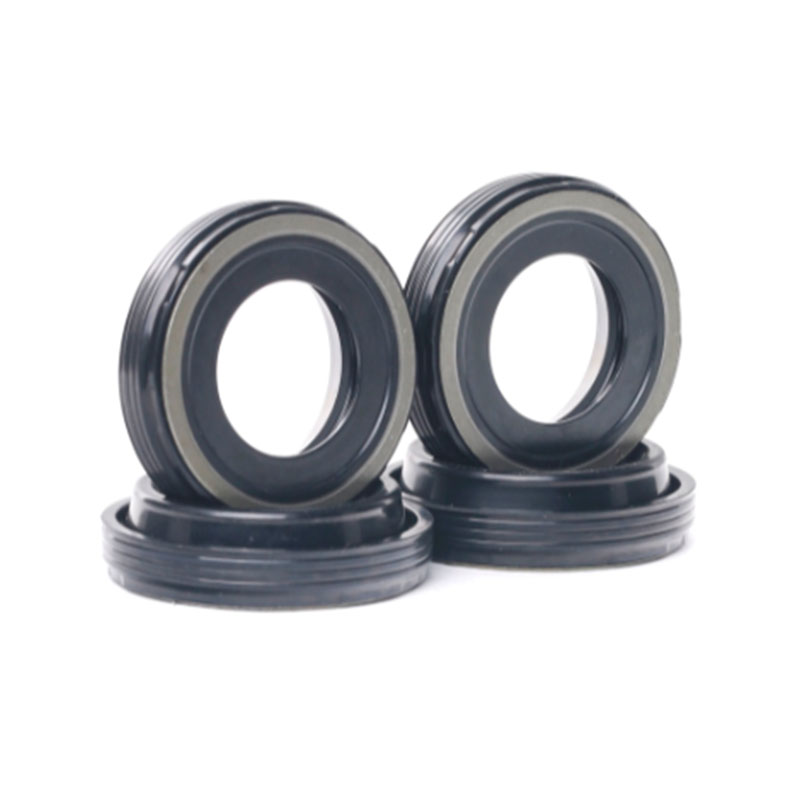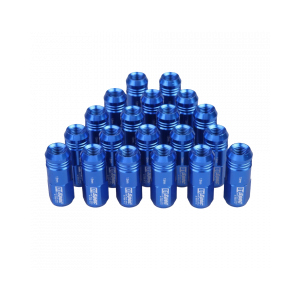Auto spare parts Crankshaft Seal 038103171


Trust in a crankshaft seal's performance is largely corroborated by choosing seals from reputable manufacturers. These manufacturers employ rigorous testing and quality control measures to ensure each seal meets high standards before reaching the market. Recognizing certified seals with ISO certifications can offer additional reassurance of a product's quality and durability. In terms of maintenance, regular inspections are central to the longevity of crankshaft seals. Vehicle owners and technicians alike should maintain a vigilant eye for signs of leakage or unusual engine noises that might hint at a failing seal. Experience shows that catching a problem early on can save time and money, preventing more extensive damage. When the time comes for a crankshaft seal replacement, choosing an expertly designed seal can make a significant difference. Advanced designs, featuring multi-lip configurations, help achieve better oil retention and enhanced sealing against contaminants. Installation typically requires specialized tools. Consulting a technician with specific experience in engine maintenance is advisable to guarantee a successful replacement. In conclusion, crankshaft shaft seals, though small, serve an essential purpose in automotive engineering. Their role in preserving engine integrity and performance is irrefutable. Professionals with extensive experience in the field understand that quality selection and installation, along with regular maintenance, are key to optimizing vehicle performance. By maintaining expertise and awareness of advancements in seal technology, automotive specialists ensure that engines continue to run efficiently and reliably.
-
Simplifying Oil Changes: A Comprehensive Guide to Oil Drain Plugs and Their Variants
News Aug.04,2025
-
Mastering Oil Drain Maintenance: Solutions for Stripped, Worn, and Upgraded Oil Plugs
News Aug.04,2025
-
Fixing Oil Pan Plug Issues: Leaks, Stripped Nuts, and the Right Replacement Solutions
News Aug.04,2025
-
Everything You Need to Know About Oil Drain Plugs: Sizes, Fixes, and Upgrades
News Aug.04,2025
-
Choosing the Right Oil Drain Plug: A Guide to Sizes, Materials, and Drain Innovations
News Aug.04,2025
-
A Complete Guide to Automotive Drain Plugs: Types, Problems, and Innovative Solutions
News Aug.04,2025
-
The Ultimate Guide to Car Repair Kits: Tools and Essentials Every Driver Should Own
News Aug.01,2025
Products categories















